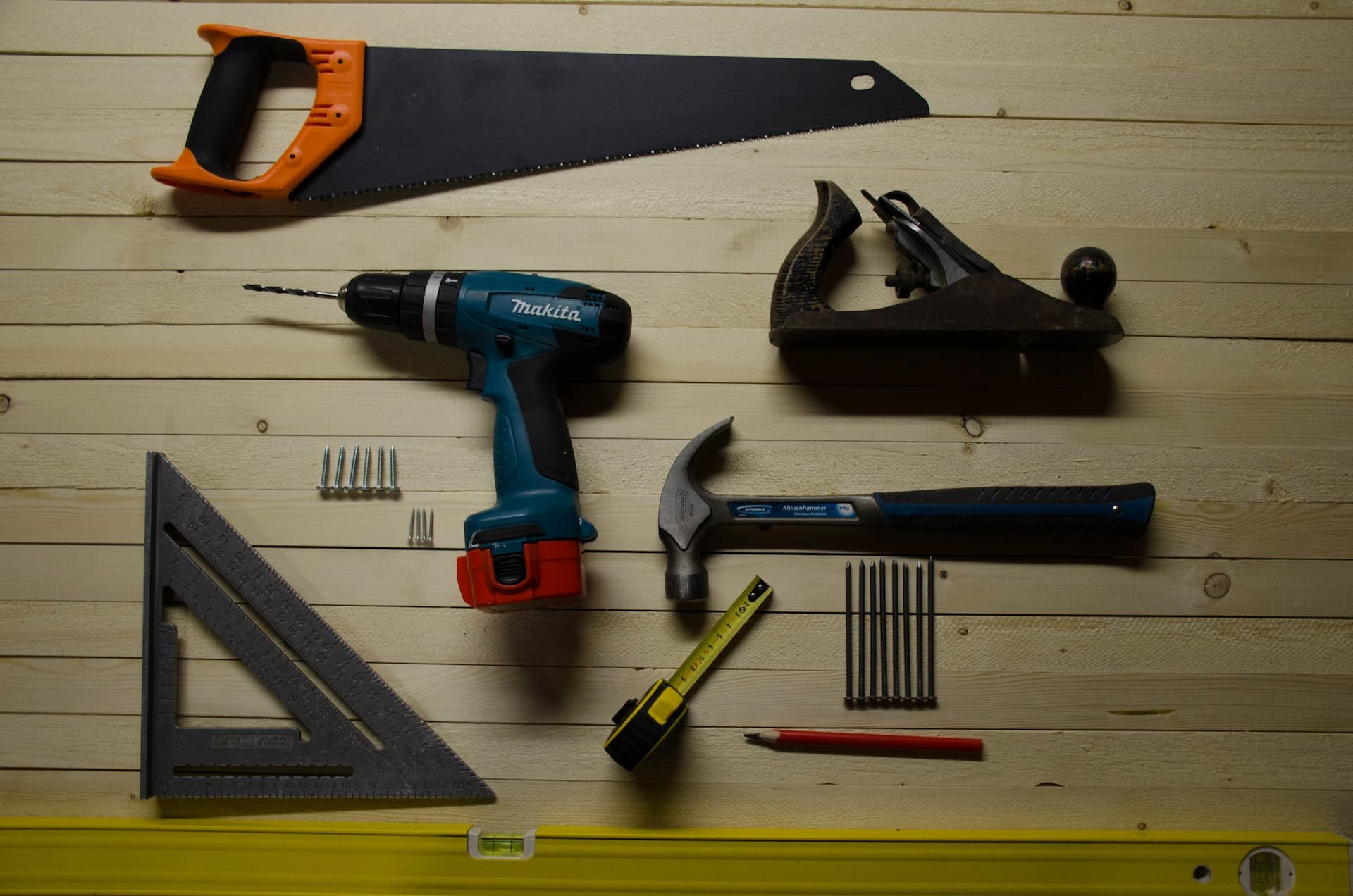WORKING WITH POWERED TOOLS
Often times we overlook the hazards associated with the common tools that are used on a daily
basis. With this talk we hope to bring some awareness to the potential hazards of these tools
and how to minimize these hazards.
Training:
Each employee using hand and portable power tools must receive initial training and supervision. Any employee not using the correctly, or in a safe manner will be required to redo the safe work procedure and will be supervised until competent.
Pre-Inspection Use (Done before every use):
- Damaged or cracked housing, power source, or bits/accessories
- Dull blades are often more dangerous than sharp blades
- Missing guards or protective devices
- Tool appears to be in poor condition
- Ensure area is free of any potential trip hazards. Do not underestimate the importance of a clean work area
- If the tool is hardwired, does it have a current electrical safety tag.
Proper Use:
- Ensure you are wearing the correct PPE
- You should always wear eye protection
- Use the proper tool for the job
- Follow the manufacturer’s instructions
- If unsure about use, ask a supervisor or co-worker for clarification
- Ensure tools are not pointed at or operated in close proximity to other individuals
- Use spark resistant tools when working near a fuel source
- Do not use excessive force to cut/drill through hard materials
Storage:
- De-energize tool prior to storage (includes removing air pressure, hydraulic pressure
and removing loads). - Store electric tools in dry areas
Group Discussions:
- Has anyone in the group been injured by a power tool or had a close call? How
could this injury have been prevented. - What tools present the greatest hazard in your work environment? How can you
minimize these risks? (Angle Grinder?) - Are there any tools that need to be repaired or discarded?
Want a FREE COPY of this Toolbox Talk for your company?
Download an editable doc version by entering your details below.

